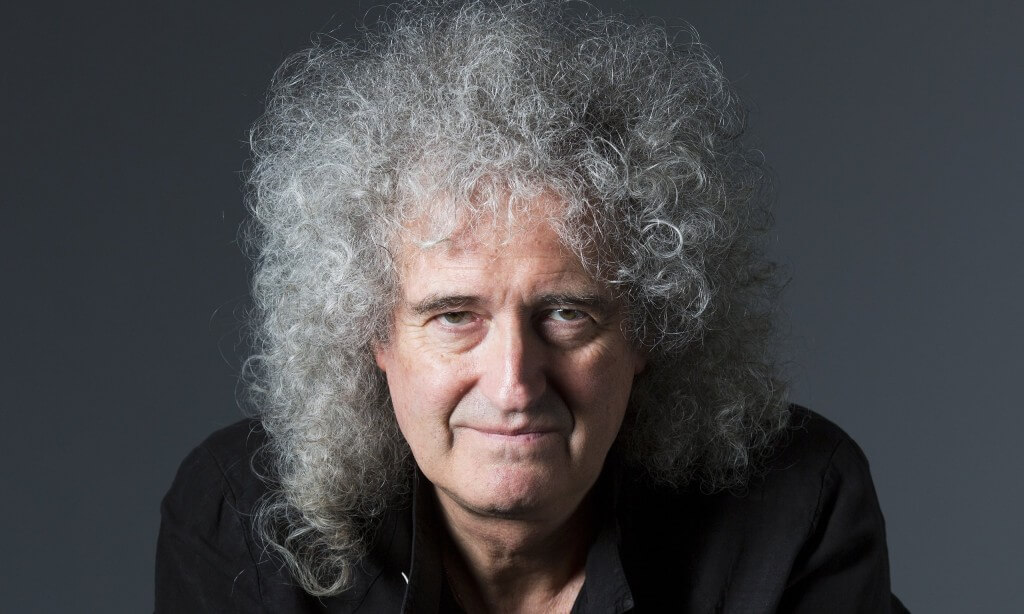Q & A with Brian May
December 4, 2014
Brian May’s Biography:
A world-renowned guitarist, songwriter, producer and performer and founding member of Queen—Brian is truly a legend in his own time. He penned 22 of Queen’s top hits, including “We Will Rock You,” today the most-played song at American sporting events and reportedly played over 550,000 times during the 2012 Olympic Games.
What is not as well known is Brian’s expertise and passion for astrophysics. Already the recipient of honorary degrees from the Universities of Hertfordshire, Exeter and Liverpool John Moores, Brian earned his PhD in astrophysics from Imperial College in 2007, upon submission of his thesis on the Motions of Interplanetary Dust. Following a five-year post as Chancellor of Liverpool John Moores, he now holds the honorary position of Chancellor Emeritus. Bang! The Complete History of the Universe, an astrophysics book Brian May co-authored with Sir Patrick Moore and Dr Chris Lintott, has been published in 20 languages and was followed in 2012 with the release of its sequel, The Cosmic Tourist. For ‘services to the Music Industry’ and for his work for numerous charities, Brian was appointed Commander of the Order of the British Empire.
The Interview:
Thank you for your time in answering these questions. You are one of the founding members of Asteroid Day (to coincide with the anniversary of the Tunguska Event) in 2015. Why is this event important to you and what would you like the public to know about it?
The more we learn about asteroid impacts, the more it is clear that the Human Race has been living on borrowed time. We are currently aware of probably 5 percent of objects comparable to the one that impacted at Tunguska which are headed close enough to Earth to be of concern; and nobody knows if any one of them is big enough to cause the extinction of human life. It takes just ONE. If we detected such an object early enough, we could take steps to adjust its trajectory enough that the disaster would be averted. But right now our chances of detecting the Big One in time are small. This is important enough to warrant a coordinated effort around the world to search out potential doomsday objects. That’s what Asteroid Day is about.
How did you become involved with asteroid detection and planetary defense? What is your relationship to the Sentinel Mission?
I have been aware of the problem since I visited Kitt Peake observatory some years ago. I joined the Sentinel Mission at their invitation about a year ago.
How does your work on zodiacal dust correlate with asteroid detection? Can you tell us a bit more about zodiacal dust and your interest in it?
Well, you could legitimately say that we are surrounded in the Space by debris – the remnants of long-dead stars and planetary systems, and lots of material from collision events in our own Solar System. And the debris comes in all sizes. Most of the dust particles that generate the Zodiacal Light are just a few microns across. But in fact there are objects of all sizes careening around the space close to us, and literally tons of this material is accumulated on the Earth every day. Asteroids are just very big pieces of dust!
Is there anything else you’d like to share?
One possibility has not been discussed in recent times to my knowledge is that a small proportion of the incoming objects may be interstellar – in which case their speed might be much greater than that of objects that have lived in the Sun’s family; hence their destructive power would be much greater too. And they will be harder to detect. They would most likely come from the direction of the Solar Apex … the point in space towards which our Sun and all its family are traveling.
















